When it comes to professional headshots the photographer has to know how to prepare a client for a session and make sure the person is relaxed and knows what to expect. Here are some tips for those interested in headshot photography.
1. Take into account the different types of professional headshots
The main categories into which headshots can be divided are: entertainment, modeling, corporate and branded. Each of these types of headshots has different requirements. Models, for example, may need some black and white shots. Businessmen will want headshots they can use effectively on social media and ones used for branding may have need of some graphic design, such as inserting a logo.
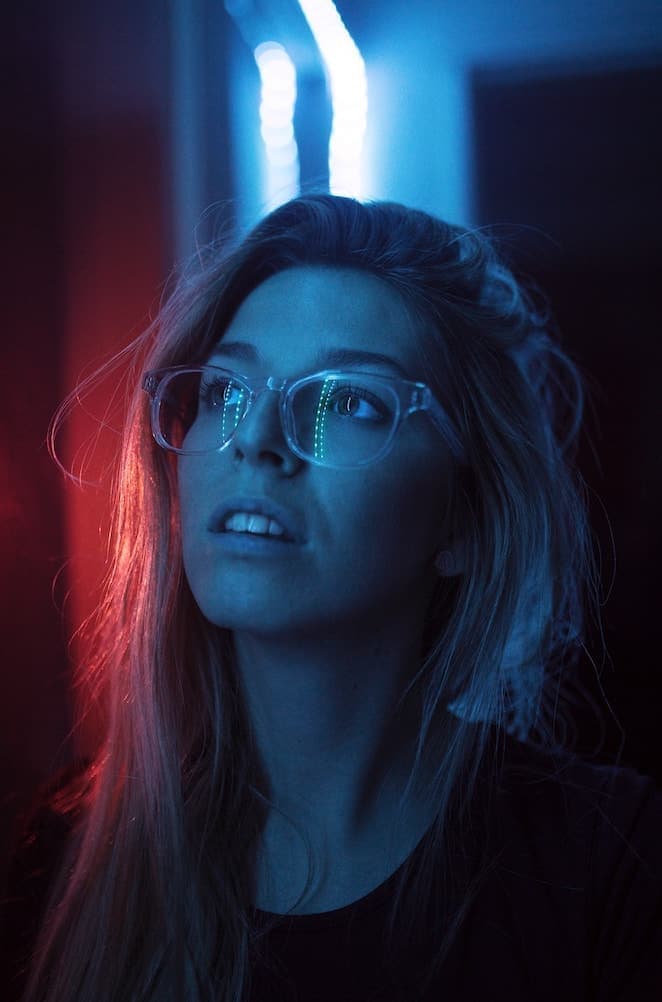
2. Understand the client’s specific requirements
When discussing professional headshots, it’s crucial to understand that they are very specific and personal. As a content creator, you’re probably already tuned into how vital it is to listen to what your client wants. In this context, missing the mark could be courting disaster. Clients often have a clear idea about the style they want and a preconceived notion about the end product. Therefore, you’ll need to dive into some important questions:
- What is the purpose of your headshot? This helps determine the overall tone.
- What color format do you require? Are we talking black and white, full color?
- What type of background would you like? Options can range from natural surroundings to a simple block of color.
- What style do you want? This could vary from formal and business-like to casual or even creative.
Now, here’s where it gets interesting. A key question that often pops up is, “What to wear for headshots?” This is a biggie because attire plays a massive role in how the headshot is perceived. The choice of outfit can set the tone, match the intended use of the headshot, and reflect the personality of the subject. So, it’s not just about snapping a good picture, but about capturing the essence of the person and their brand

3. Choose the correct lens for professional headshots
A specialized portrait lens will obviously offer better results. Fixed zoom lenses are a good choice. You have to think more about composition and positioning. When you choose a lens, you must take the aperture into account. A higher aperture allows you to create a better headshot photo where the background is less significant and the subject ‘pops’.
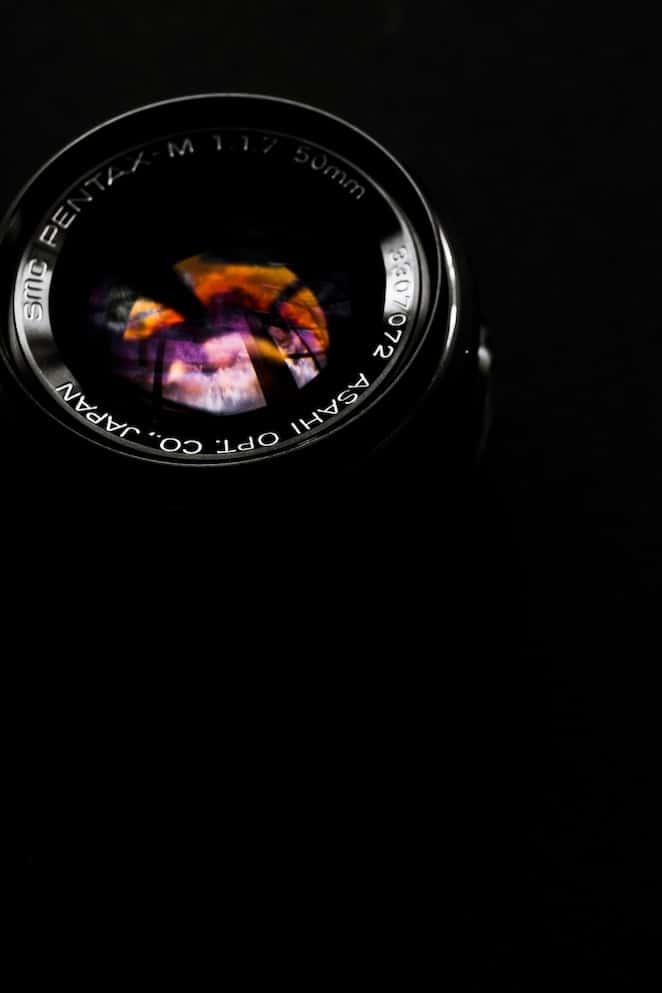
4. Set your camera up beforehand for headshot photography
Check your camera to make sure your batteries are charged and you have a clear memory card. Check the settings to make sure they are correct for your headshot.Make sure you have necessary equipment ready, such as a tripod. You may have to adjust your settings as you proceed and carrying on when you know something like your focal length isn’t right is a big mistake.
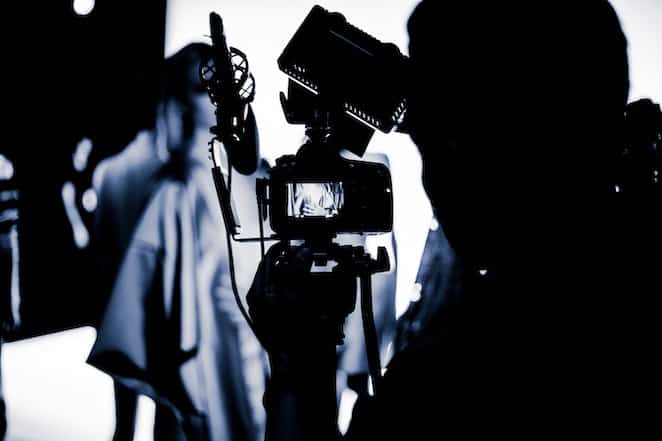
5. Carefully consider the lighting for headshots
Lighting can completely change the look of a headshot. Any shadow can hide features. If you use a flash, try tuning down the power rating. It should create natural light that isn’t too glaring or harsh. Alternatively, you could use a diffuser.
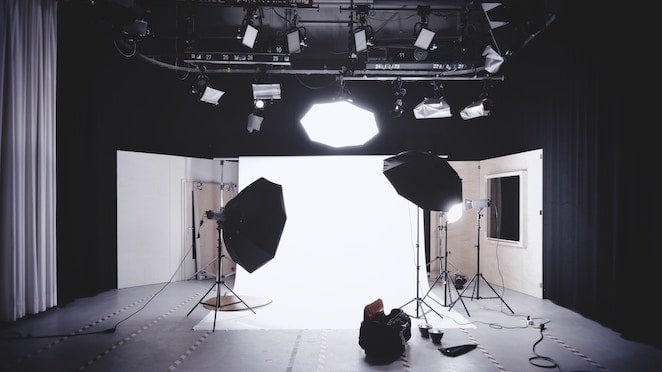
6. Give your client positive reinforcement
Sitting for a headshot photography can make someone nervous and self-conscious. Asking a client to pull a funny face may be just the way to break the ice. You need to be encouraging and try to make the shoot fun. If you can’t make your client feel at ease, you won’t get the best photographs. Give positive feedback as you take shots and shots are less likely to be unnatural and stiff.
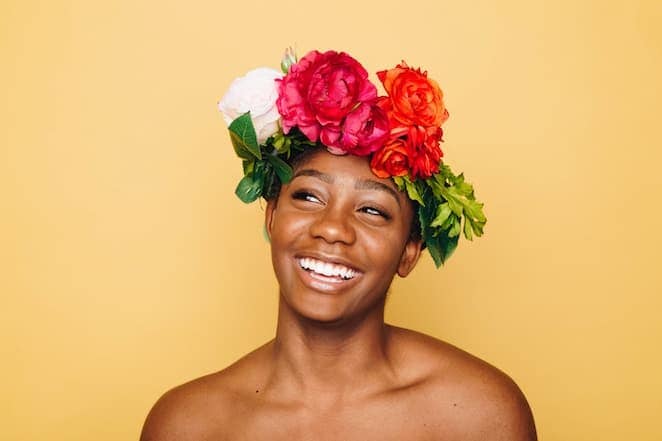
7. Try different compositions and shots
If you take too few photos, you may find there isn’t a single one that isn’t poorly composed or out of focus. The more shots you take and compositions you try, the more chance you have of shooting one that will satisfy your client.
You may come up with a composition that’s a little different from a standard face-forward style that your client absolutely loves. Little adjustments can make all the difference and separate a great headshot from an average one.
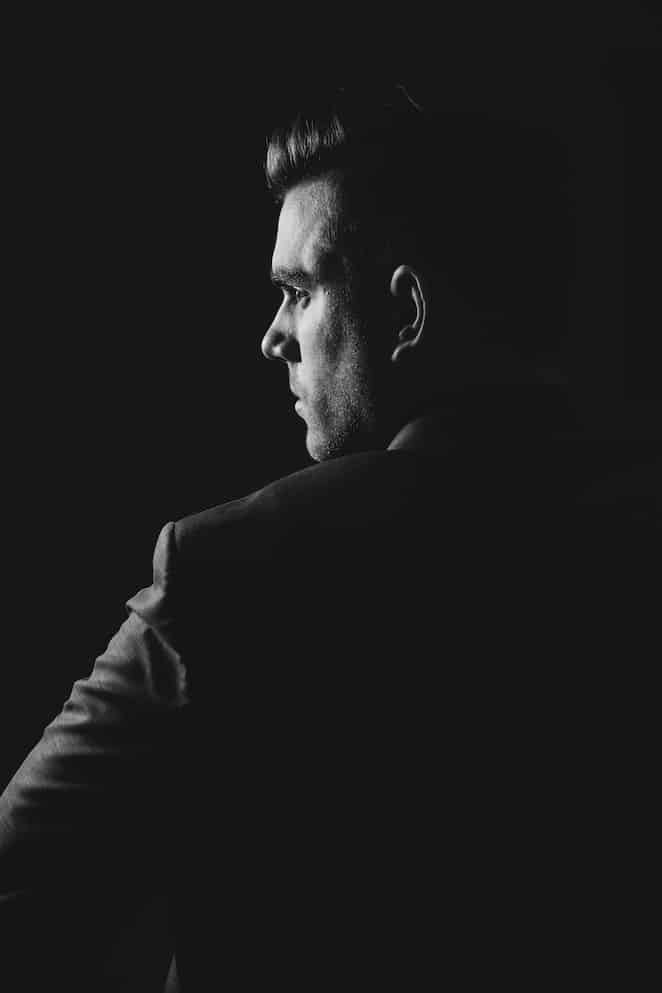
8. Your focus must be right
When taking headshot photos, there’s no room for an error in focus. There’s nothing worse than uploading your photos to your editing program and finding they are out of focus. The aperture and the focal length must be correct if you want the face and shoulders to be in focus and the features sharp and crisp.
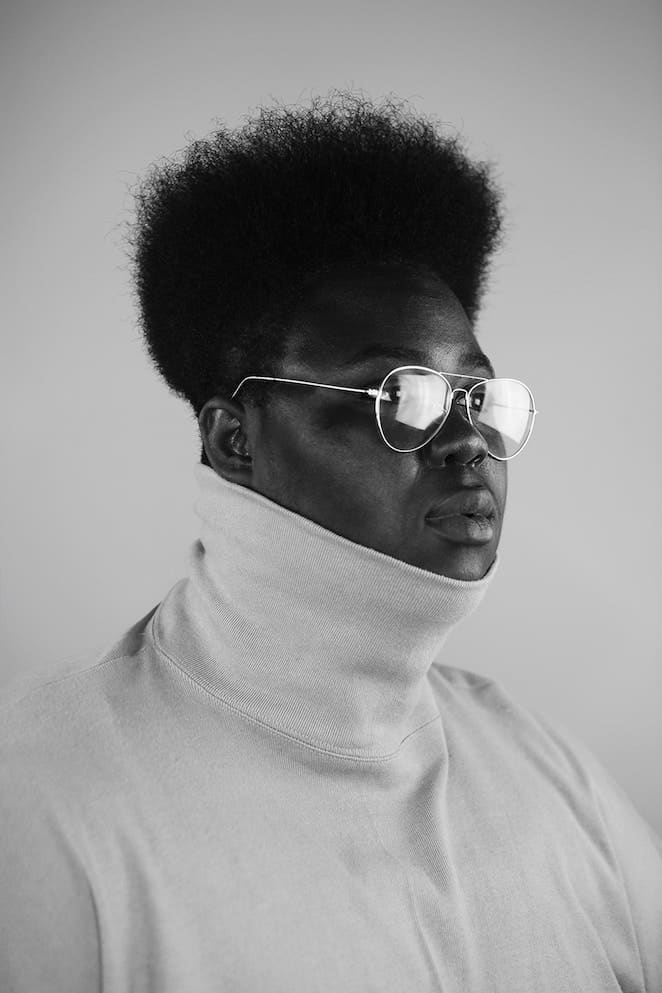
9. Use post-processing software
Even the best shot may require retouching. Ideally white temperature and balance should have been addressed before taking a shot but if it looks a little too cold or warm, you can easily edit this afterwards. Always check with a client what needs to be edited and removed or not.
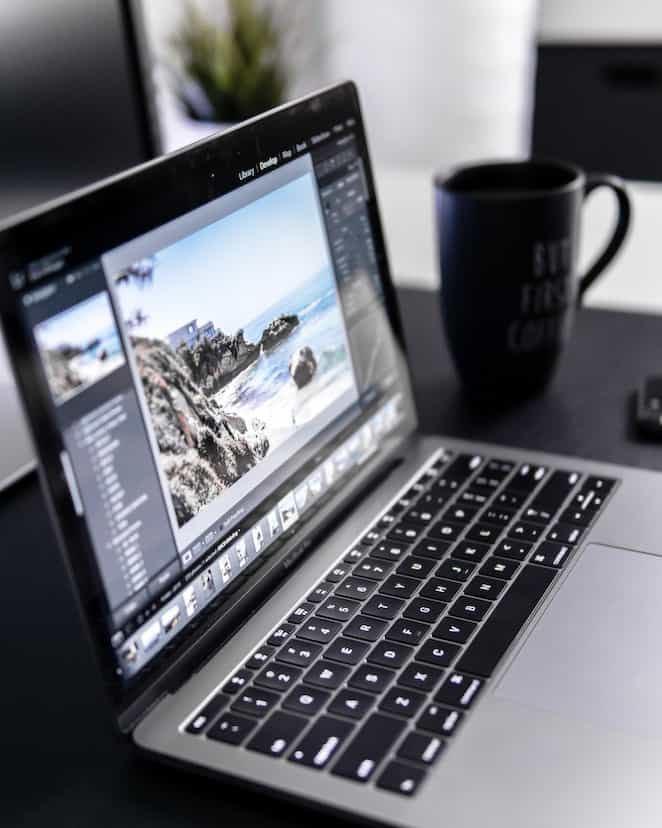
10. Practice your headshot photography skills
Practice helps you to refine your techniques and explore new camera settings and compositions. You can practice your headshot photography with family and friends as models. You can also test different post-processing settings. The practice is what will give you more confidence when it comes to your headshot photography skills.





